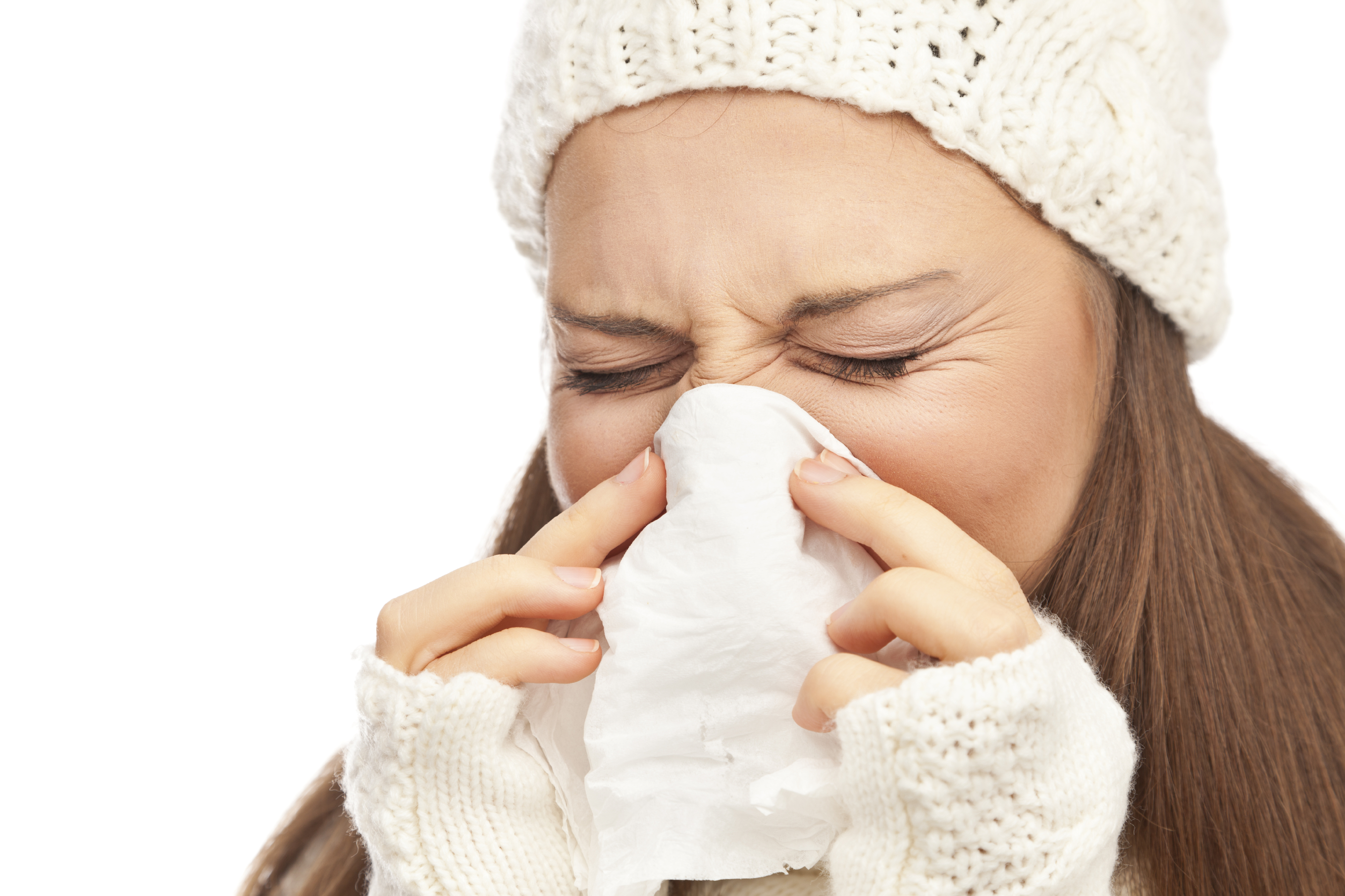23.11.2016
Dry Indoor Environments Increase Risk of Infection
A Relative Humidity Level of 40% to 60% is Required to Deactivate Viruses
Ottawa, Canada – As the cold winter months approach, many are unaware that their dry indoor environments and low indoor air humidity levels are actually promoting the spread of pathogens including flu and cold viruses.
As office buildings, public spaces and homes crank up their indoor heating systems to combat the cold temperatures outdoors, the factor of air humidity levels is often overlooked. However, indoor air humidity levels can have a dramatic effect on the movement and lifespan of bacteria and cold and flu viruses. Making matters worse, dry indoor environments cause the mucous membranes in the nose and the lower respiratory system to dry out, impeding the body’s natural immune response against airborne bacteria and viruses.
“The optimal relative air humidity levels for indoor spaces should be 40% to 60%. If the relative humidity drops below 40%, you are creating the ideal environment for the spread of harmful viruses,” said Duncan Curd, GM of Condair. “Unfortunately, many public and private spaces such as office buildings, schools, hospitals and homes have a relative humidity as low as 20% over the winter months, due to dryness caused by traditional commercial and residential heating systems.”
Aerosols expelled by infected individuals through coughing and sneezing, and even breathing and speaking, are loaded with viruses or bacteria embedded in water mucous, saliva and dissolved salts. As they leave the airways, the aerosol droplets (with a moisture saturation of almost 100%) lose almost 90% of their weight due to water loss if exposed to much drier room air, resulting in these high, infectious salt concentrations circulating through the air.
In crystalline form, the infections materials can spend hours floating and recirculating through dry air (with relative humidity below 40%) and can travel significant distances depending on the air current. However, if the relative air humidity in the space is within the optimum range of 40% to 60%, the salt concentration decreases to a level where most of the viruses cannot survive and become deactivated. The risk of infection within this optimum range for relative humidity is minimal.
“The overall result of insufficient humidity levels in so many public and private spaces over the winter months is high levels of illness and productivity losses in the billions, to both businesses and society as a whole,” said Duncan Curd. “This is an epidemic affecting businesses and public spaces. Respiratory illness and disorders are among the top three reasons for work absenteeism due to illness, and researchers also suggest that 15% to 30% of infections within hospitals are transmitted by air. These problems are largely preventable with better indoor air conditions, through the implementation of residential and commercial steam humidifiers.”
Making higher humidity levels a priority over the winter months will help protect the health of employees and the public at large, boost productivity, economically benefit businesses and public service providers and improve well-being for society as whole.
About Condair (Member of the Condair Group)
With 600 employees, the Condair Group is the world’s leading manufacturer of commercial and industrial humidification systems, setting standards globally for energy-efficient and hygienic solutions through its main Condair brand. Condair is represented in 16 countries by its own sales and service organisations and is supported by distribution partners in a further 50 countries. Condair operates production sites in Europe, North America and China.
For media inquires, please contact:
Caine Ruckstuhl
Marketing Director (ASP), Condair
T: 613-804-0987 | E: caine.ruckstuhl@humidity.com



